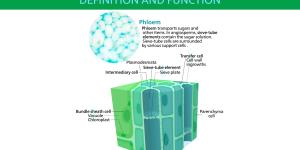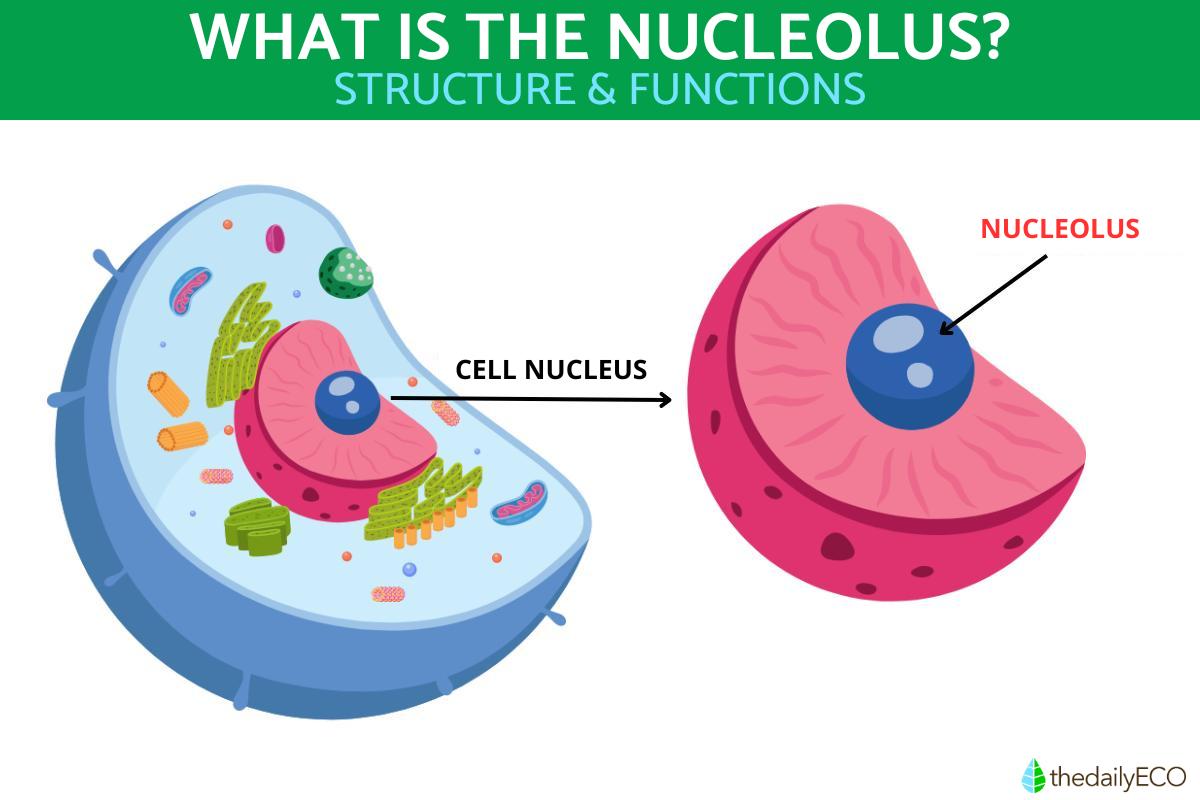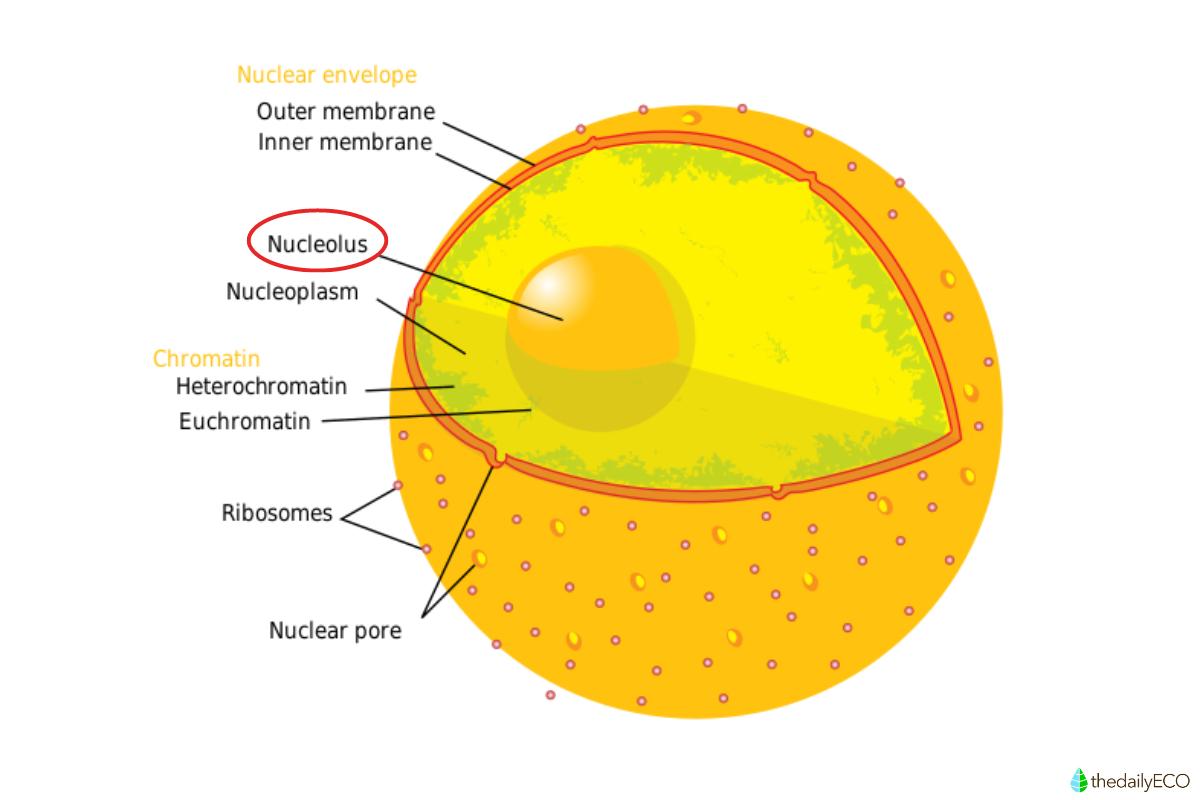What Is the Nucleolus and Its Function?

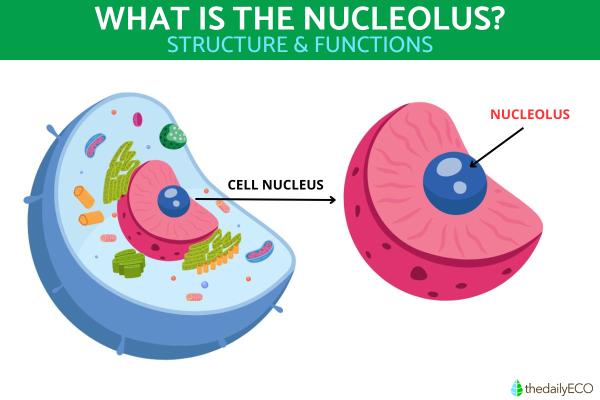
As part of the larger cell nucleus, the nucleolus is a suborganelle which is responsible for the biosynthesis of ribosomes in the cell, among other functions. It is a nuclear body which is distinguished by its presence as a dark, spherical structure within the nucleus of cells. Its own structure that is divided into two regions, an amorphous part and a dense part. In turn, this is further divided into three different subregions, the fibrillar center, dense fibrillar component and the granular center.
Nucleoli are important for the process of cell division, undergoing transformations in a cycle that is divided into three stages. At thedailyECO, we discover more about what is the nucleolus and its function? We find out the role of the nucleolus in the cell cycle and its structure.
What is the nucleolus?
As it is part of the large organelle that is the nucleus, the nucleolus is considered a suborganelle. It is a spherical structure contained within the nucleus that is distinguished by being darker in color than the other parts of the nuclear body.
From a morphological perspective, the nucleus adopts an oval or rounded shape when observed histologically. While it is a notably heterochromatic region, it lacks a membrane separating it from the surrounding nucleoplasm. It is able to stay separated thanks to the high concentration of ribosomal rRNA genes contained within. This may also be influenced by factors such as being formed by phase separation where certain molecules cluster together.
Eukaryotes are cells which have a membrane-bound nucleus. For this reason, the nucleolus is only found in eukaryotic cells and not in prokaryotes. In terms of size, there is notable variability between animal and plant cells. Generally speaking, their diameter usually ranges between 1 to 2 micrometers. This measurement may vary depending on the cell type and physiological conditions.
The number of nucleoli present in a cell can fluctuate significantly, even within the same cell type. One or two nucleoli are most common, although in certain circumstances this number may be higher.
Learn more about the difference between prokaryotic and eukaryotic cells with our related guide.

Function of the nucleolus
We have mentioned that the nucleolus is responsible for the biosynthesis of ribosomes, but this is a simplification of its function. For a better understanding of the role the nucleolus performs in eukaryotic cells, we look at the various functions of nucleoli:
- Ribosomal subunit synthesis: produces both the small and large subunits of ribosomes, something essential for the synthesis of proteins in the cytoplasm after their transport from the nucleus. Learn more about the structure and function of ribosomes with our related guide.
- Participation in key cellular processes: it is involved in cellular aging, responses to cellular stress and in the activity of telomerase, a crucial enzyme for maintaining the integrity of DNA telomeres. For this reason, it is very important for cell duplication and division.
- Ribosome biosynthesis: its main function lies in the synthesis of ribosomal RNA (rRNA) from DNA components, directly contributing to the production of proteins. If there is a high rate of protein synthesis, the number of nucleoli in cells can increase.
- Regulation of RNA trafficking: facilitates the movement of small segments of RNA and participates in their maturation and transport to their final destination in the cell.
- Possible cell cycle regulation: although the nucleolus is not visible during cell division, recent research suggests it has a role in cell cycle regulation.
Learn more about cell division in eukaryotic cells with our article on the difference between mitosis and meiosis.
Structure of the nucleolus
The nucleolus is a prominent and dynamic nuclear structure that plays a crucial role in the synthesis and maturation of ribosomes. These ribosomes are considered the molecular factories responsible for the translation of messenger RNA into proteins.
The nucleolus houses an aggregate of ribosomal genes inside. These are newly synthesized ribosomal RNA (rRNA), ribosomal proteins and ribonucleoproteins. The high concentration of this rRNA densely packed into ribosomal subunits is responsible for the intense basophilic (dark) staining characteristic of the nucleolus when observed under a microscope.
Structurally, the nucleolus is divided into two main regions:
1. Amorphous part: it is not very electron-dense when examined with electron microscopy. It is made up of interconnected spaces which are equivalent to the surrounding nucleoplasm.
2. Dense part: forms the nucleolonema, a fundamental structure of te nucleolus[1]. It presents a more complex internal organization which can be subdivided into three different subregions:
- Fibrillary center: contains DNA with multiple copies of the genes that code for the 45S rRNA precursor. It also harbors various associated factors. These are mainly proteins that participate in the transcription of these ribosomal genes.
- Dense fibrillar component: surrounds the fibrillar center and is the region where the initial processing of the primary pre-45S rRNA transcript occurs. This is where the maturation of this rRNA precursor takes place, turning into the different rRNA species that will form part of the ribosomal subunits.
- Granular center: less dense than the fibrillar region, but denser than the fibrillar center. It is the site where late processing of rRNA and final assembly of ribosomal subunits occurs.
RNA and DNA in the cells are related, but they are molecules with different functions within the cells. Learn more with our article on the difference between RNA and DNA.
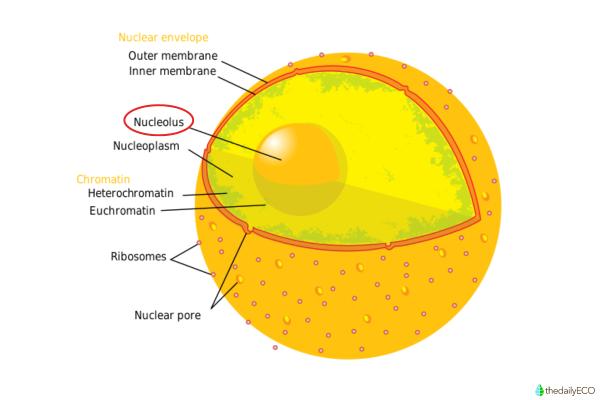
Nucleolus cycle
The nucleolus does not remain constant throughout the cell cycle. Instead, it undergoes a series of morphological changes which vary depending on the phase of the cell cycle, whether in interphase or division. In the different phases of cell division, the nucleolus presents distinct transformations. The stages of the nucleolus cycle are:
- Prophase disorganization: in prophase, the nucleolus decreases in size and becomes irregular. Small accumulations of nucleolar material appear scattered between the condensing chromosomes.
- Metaphase and anaphase transport: during metaphase and anaphase, the nucleolus loses its individuality and its components are integrated into the metaphase chromosomes.
- Telophase organization: in telophase, spherical structures called lamellar bodies and prenucleolar bodies reappear when the chromosomes decondense. The latter are larger due to the fusion of the former. These prenucleolar bodies increase in volume and begin to organize to form one or more nucleoli, depending on the number of nucleolar organizers present.
Now we know about this particular suborganelle of the nucleus, we may want to learn more about nuclear bodies in general. We can do this with our article on what is the nucleus and its function?
If you want to read similar articles to What Is the Nucleolus and Its Function?, we recommend you visit our Biology category.
1. Sato, S., Yano, H., Makimoto, Y., Kaneta, T., & Sato, Y. (2005). Nucleolonema as a fundamental substructure of the nucleolus. Journal of plant research, 118(2), 71–81.
https://doi.org/10.1007/s10265-005-0204-8
- Bruce, A. (2014). Molecular Biology of the Cell. Sixth edition. Garland Science.
- Cooper, G. and Hausman, R. (2007). The Cell: A Molecular Approach. Fourth edition.

